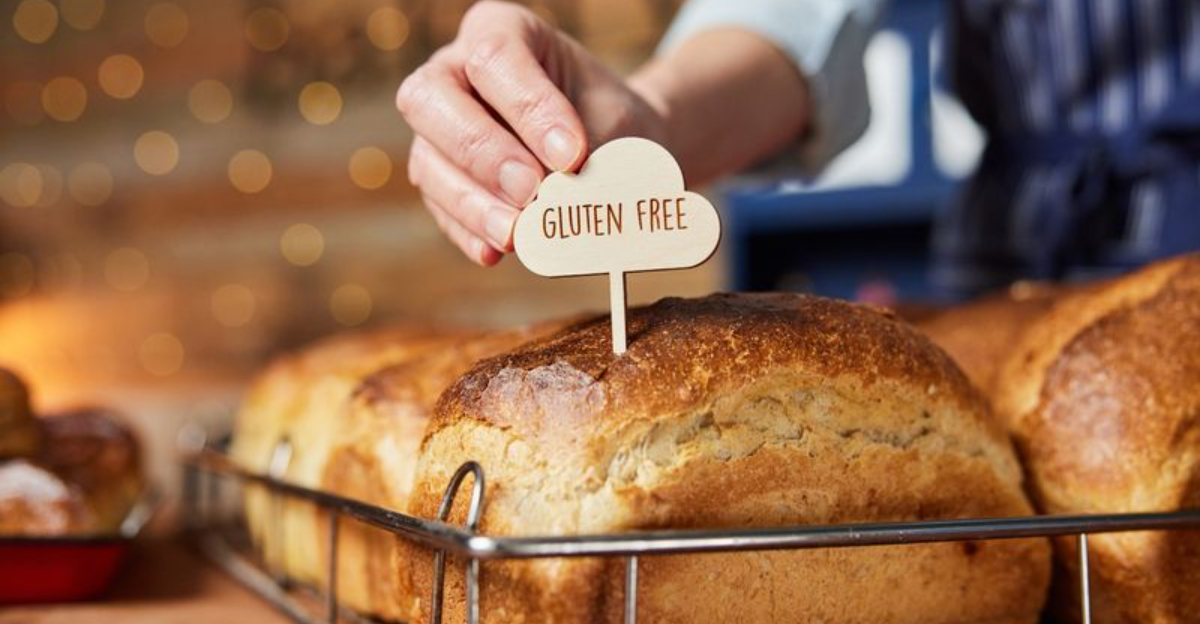10 So-Called Healthy Foods That Aren’t As Good As You Think

We’ve all been there, grabbing that granola bar or protein shake, feeling virtuous about our healthy choice. But what if those supposedly nutritious foods aren’t actually doing your body any favors?
Many products marketed as health foods contain hidden sugars, unhealthy fats, and artificial ingredients that can sabotage your wellness goals.
Let’s uncover some common culprits that might be lurking in your pantry right now.
1. Granola: The Breakfast Sugar Bomb
That crunchy cluster of oats might seem wholesome, but most store-bought granolas pack more sugar than a candy bar! A typical serving contains 12-20 grams of added sugar – nearly half your daily limit.
The calorie count is equally shocking, often reaching 400-600 calories per cup. Those innocent-looking clusters are typically held together with honey, maple syrup, or straight-up corn syrup.
2. Veggie Chips: Potatoes in Disguise
The colorful bag boasts ‘made with real vegetables,’ but flip it over and you’ll find potato flour or corn as the main ingredient. Most veggie chips contain minimal actual vegetables – just enough for color and marketing claims.
They’re typically fried in oil and doused with salt, making them nutritionally similar to regular potato chips. That satisfying crunch comes with nearly identical calories, fat, and sodium as their less virtuous cousins.
3. Flavored Yogurt: Dessert in Disguise
I still remember my shock when my nutritionist pointed out that my daily ‘healthy’ strawberry yogurt contained more sugar than a scoop of ice cream! Most flavored varieties pack 15-25 grams of added sugar per serving.
The fruit at the bottom? Often more syrup than actual fruit. Even yogurts advertising ‘natural flavors’ frequently contain artificial sweeteners, preservatives, and thickeners that can disrupt gut health, ironically undermining yogurt’s probiotic benefits.
4. Bottled Smoothies: Liquid Sugar Traps
That innocent-looking green bottle might advertise ‘no added sugar,’ but fruit concentrates and purees create a sugar bomb regardless. A typical 16-ounce bottle contains 30-60 grams of sugar, equivalent to several candy bars!
The pasteurization process destroys many nutrients, while fiber is typically strained out. Without fiber to slow absorption, these drinks can spike blood sugar faster than eating whole fruits.
5. Protein Bars: Candy Bars with Benefits
Last year, during marathon training, I relied on protein bars until my dietitian revealed they were sabotaging my recovery. Many popular brands contain more chocolate coating and sugar alcohols than actual protein.
The ingredient lists often rival chemistry textbooks, with artificial sweeteners, hydrogenated oils, and fillers. Even ‘natural’ varieties frequently use sticky syrups and dates as binders, pushing sugar content to 15-25 grams per bar.
6. Gluten-Free Baked Goods: The Carb Conundrum
Going gluten-free doesn’t automatically equal healthy. Most gluten-free breads, cookies, and crackers contain refined starches like rice flour and tapioca that can spike blood sugar even higher than wheat products.
Manufacturers often add extra fat, sugar, and salt to compensate for texture differences. The calorie count? Frequently higher than conventional versions.
Many also contain xanthan gum and other additives that some people find difficult to digest.
7. Plant-Based Meat Alternatives: Ultra-Processed Proteins
Beyond the clever marketing lies a laboratory creation far from natural. Most plant-based burgers contain 20+ highly processed ingredients, including isolated proteins, oils, and methylcellulose.
Sodium levels often exceed those in regular meat, sometimes reaching 500mg per serving. While they eliminate animal products, many brands contain coconut oil, resulting in saturated fat levels comparable to beef.
These products represent technological achievements, not nutritional ones.
8. Dried Fruit: Nature’s Candy, Literally
The dehydration process concentrates sugars, turning healthy fruits into calorie-dense sugar bombs. A small handful of dried cranberries contains around 26 grams of sugar, and many varieties add even more sugar during processing!
Without water content to fill you up, it’s incredibly easy to overconsume. My hiking buddy once demolished a whole bag of dried mango, unknowingly consuming almost 1,000 calories and 100 grams of sugar.
The preservative sulfur dioxide also causes reactions in sensitive individuals.
9. Reduced-Fat Peanut Butter: The Sugar Swap
When manufacturers remove fat, they replace it with something worse: sugar. Most reduced-fat peanut butters contain 2-4 more grams of sugar per serving than regular versions.
They also typically add stabilizers, corn syrup solids, and hydrogenated oils to maintain texture. The healthy monounsaturated fats in natural peanut butter actually help with nutrient absorption and satiety.
This is one case where the full-fat version is unquestionably healthier.
10. Agave Nectar: The Fructose Overload
Marketed as a natural, low-glycemic sweetener, agave nectar seems like honey’s healthier cousin. The truth? It contains up to 90% fructose – even more than high-fructose corn syrup at 55%!
While it won’t spike blood glucose immediately, the liver converts fructose directly to fat when consumed in large amounts. This can lead to insulin resistance and fatty liver disease over time.
The minimal processing advantage over other sweeteners doesn’t outweigh its concentrated fructose content.
